You can contact LEARNZ, part of CORE Education, at:
Postal Address:
PO Box 13 678,
Christchurch 8141,
New Zealand
Kia ora koutou,
You woke to another stunning day this morning in Tāmaki Makaurau. You must be getting used to the traffic now because it didn’t seem to take as long to drive into town to complete the final web conference. While driving I wondered how much time I might have saved this week if I had borrowed a bike to commute on.
Questions from schools
You spoke to Tauraroa School during the web conference and they were interested in how the value of cycleways is measured. During this field trip, I have been surprised to learn about how much research and work goes in to finding out whether a project such as the Waterview Shared Path is worthwhile and value for money. Marcus and Alan talked about the millions of dollars that this project has cost and the money that it will save in the future by improving travel times and giving people more travel options. Some students were concerned that the path would not be used but cycle numbers are increasing all the time in Auckland and other places around the country. It was fantastic to hear that students from Arahoe School were planning to use their unicycles on the cycleway. You can find out more by listening to the recording of this web conference.
Electric bikes
Alan showed you a variety of electric bikes down in the Auckland Transport carpark. It was interesting to see that there were so many different types. Some of these bikes are designed to travel only short distances and have smaller batteries, while others look more like normal bikes. Electric bikes are becoming more popular for commuters and assist you to pedal. This makes them easy to control, as the power kicks in when you pedal making it easier to gain speed and go up hills. You may be thinking that these bikes must be really speedy but for safety they are limited to around 20-30km but can go faster downhill. Electric bikes make cycling more accessible and are much cheaper and more environmentally friendly than cars. Alan has an electric bike that has been designed to take on public transport. He demonstrated how to quickly fold the bike up so it can be easily carried and stored on a bus, train or ferry which would be handy for longer trips. You can watch the video about electric bikes.
Electric cars
Not everyone wants to cycle so to make cars more efficient we need to look at the energy they use. Marcus showed you an electric BMW. This car costs the equivalent of about 30 cents per litre and has a range of up to 200km. Rapid charge stations are popping up all over the country allowing people with electric cars to charge their vehicles in 20-30 minutes. It was incredible to see how tiny and simple the motor of this car is. You can see this on the video. Electric motors are much simpler than petrol or diesel motors and are easy to maintain. Other surprising features of this vehicle included how quiet it was when it was running and how much space there was inside because it doesn’t need to have any gearing. Electric cars are an ideal way to reduce our carbon emissions and cost of commuting.
The future of our transport networks
After looking at an electric bike and car you may have been wondering what future transport may look like. Marcus explained that people need to make choices for the future that help us all to get to where we want to go, without impacting so much on the environment. Advances in technology may one day mean that we all have driverless cars powered by energy from the sun or even flying cars. Whatever the future may bring it is obvious that we cannot just keep building new roads and using more and more fossil fuels.
It is exciting to think about the future knowing how much technology has changed the way our road network is managed. I can’t wait to see the Waterview Connection and shared pathway open and I feel privileged to have seen this project progress. I hope you have enjoyed this series of field trips following New Zealand’s largest road project and now have a greater appreciation for how much work goes into creating roads and connecting communities.
See you on another field trip soon,
Shelley the LEARNZ field trip teacher.
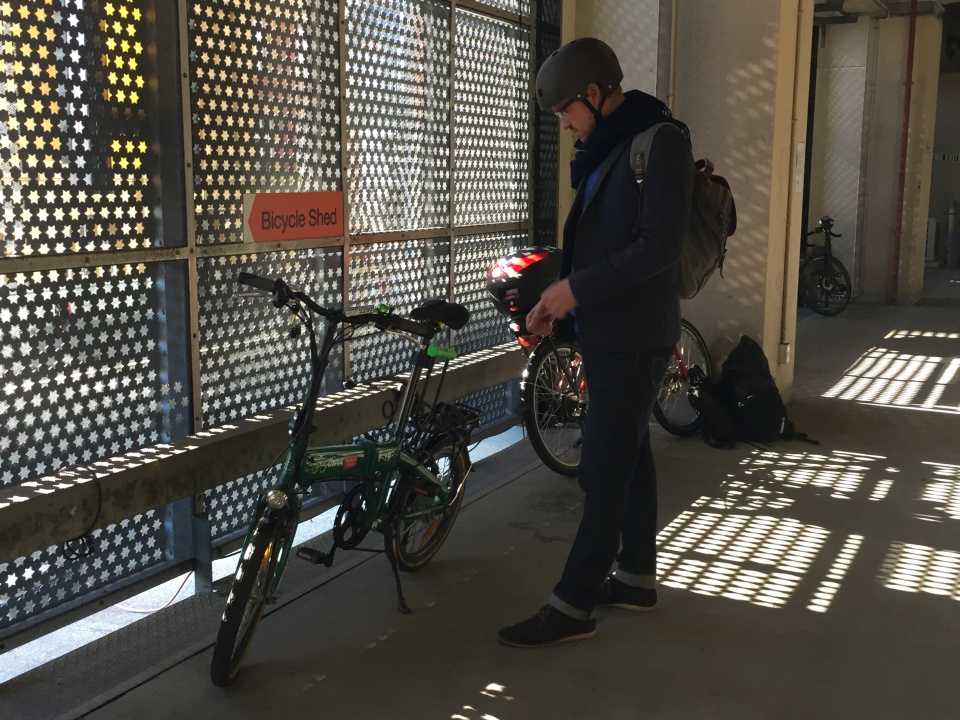
Alan parks his electric bike in the Auckland Transport car park. How do electric bikes work? Image: LEARNZ.
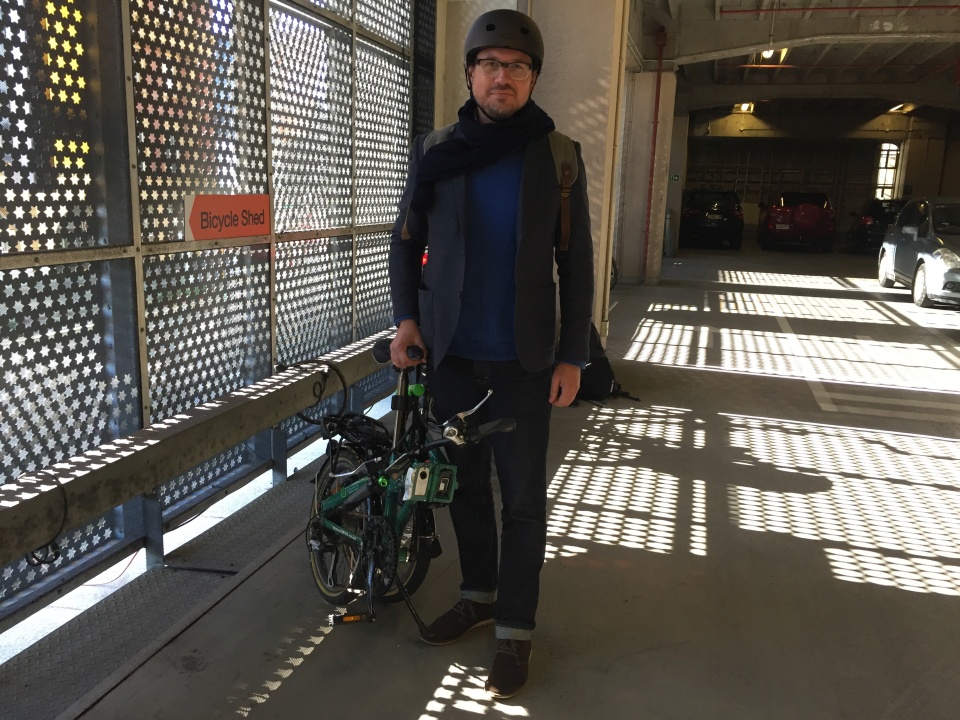
Alan can fold up his electric bike so that it can be easily carried on to public transport. Image: LEARNZ.
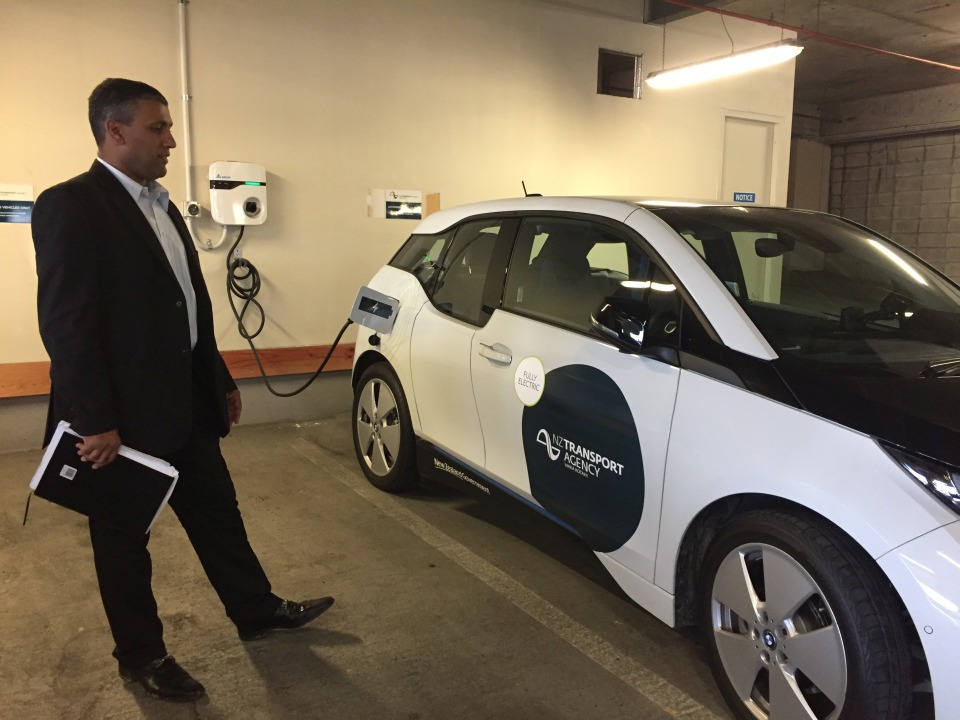
Marcus shows you an electric car which is part of NZTA's fleet of work vehicles. What do you think are the advantages and disadvantages of electric vehicles? Image: LEARNZ
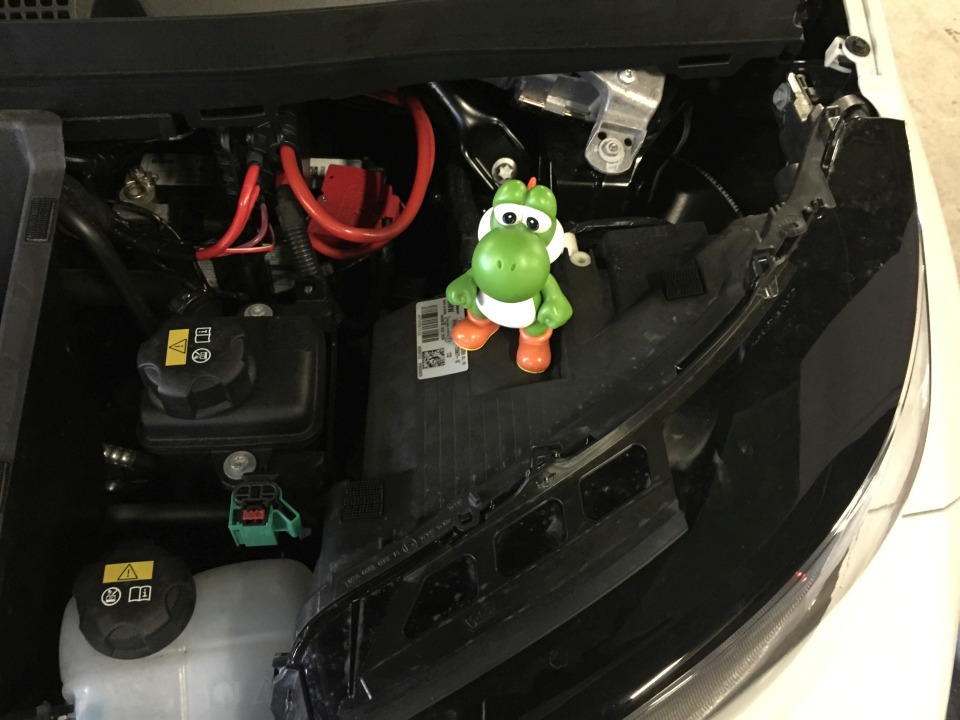
Alvin checks out the motor in the electric car. How do you think this motor varies from a petrol or diesel motor? Image: LEARNZ.
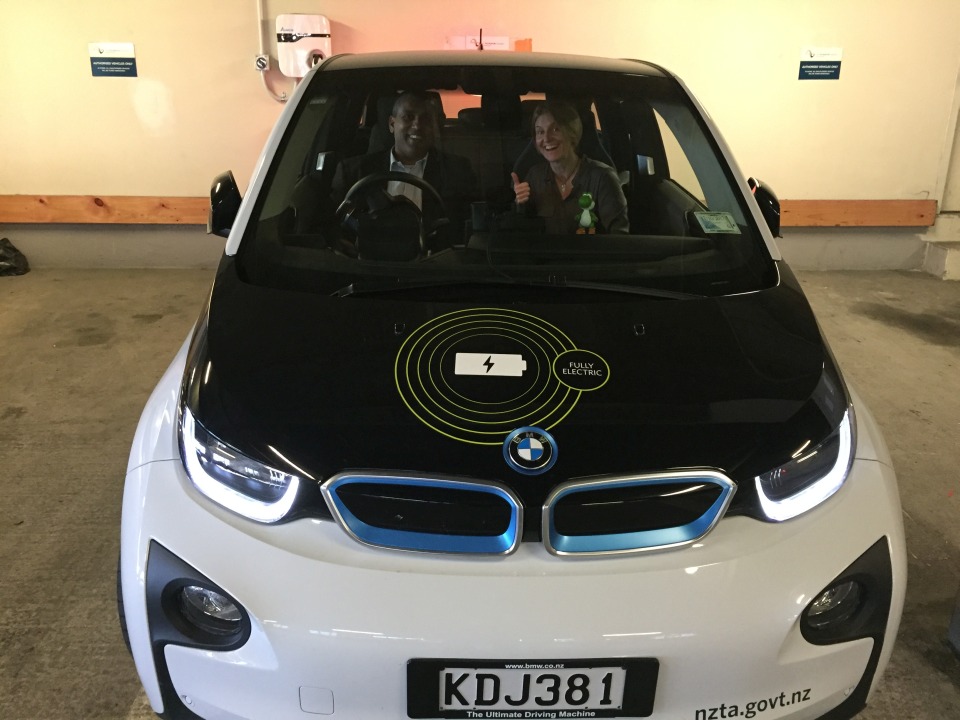
Marcus and Shelley test out the new electric BMW. Image: LEARNZ.
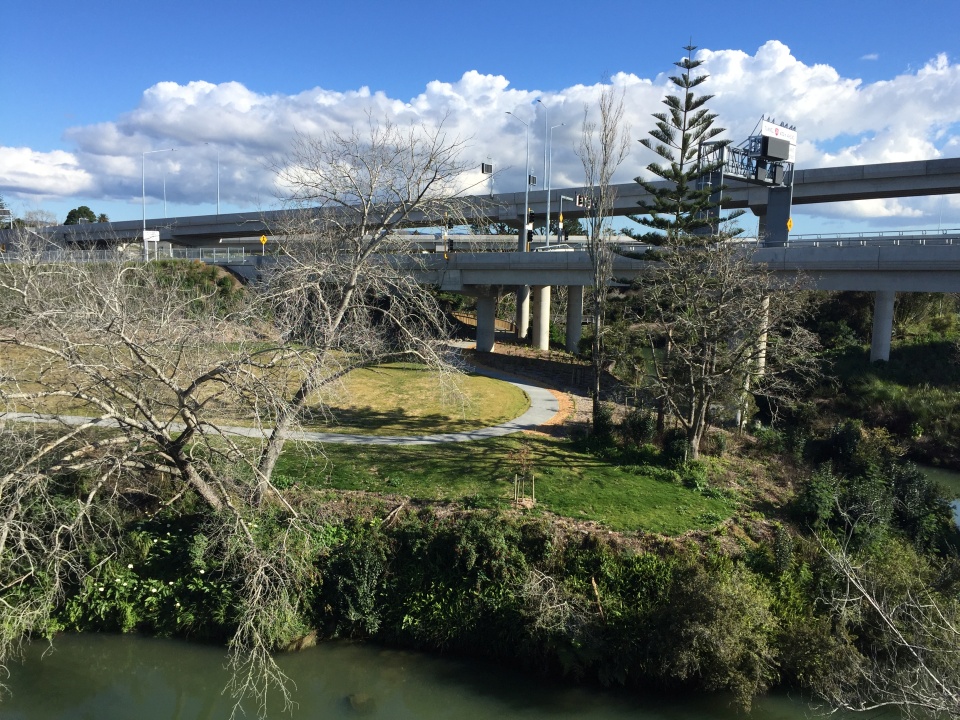
Looking out over part of the Great North Road Interchange. You can see the shared path below. Image: LEARNZ.
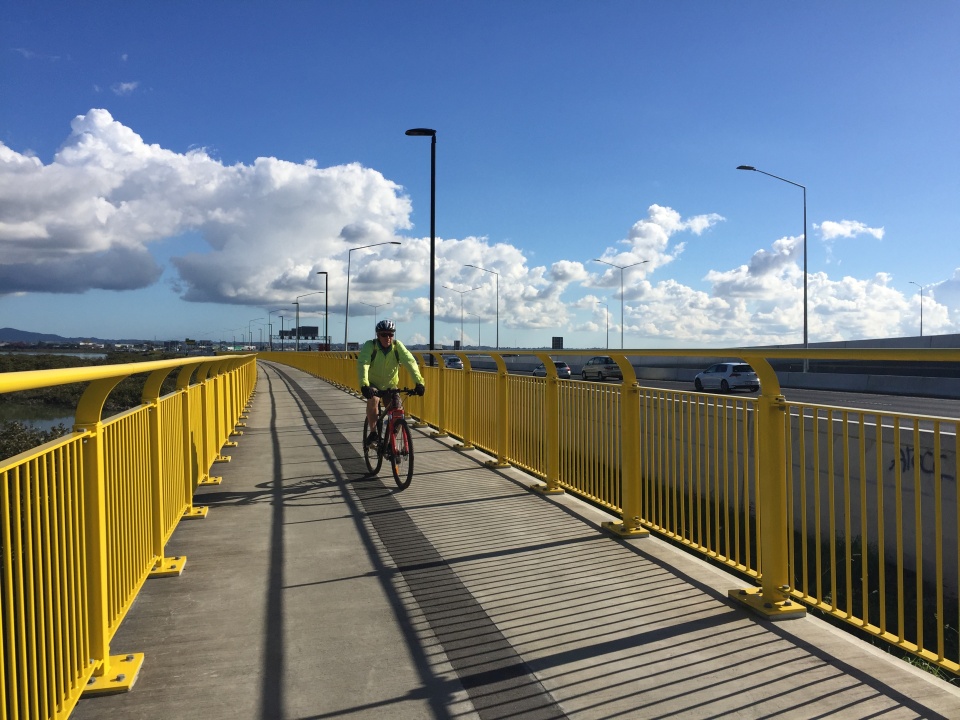
This shared path alongside State Highway 16 will become part of a 25 kilometre city loop. Image: LEARNZ.
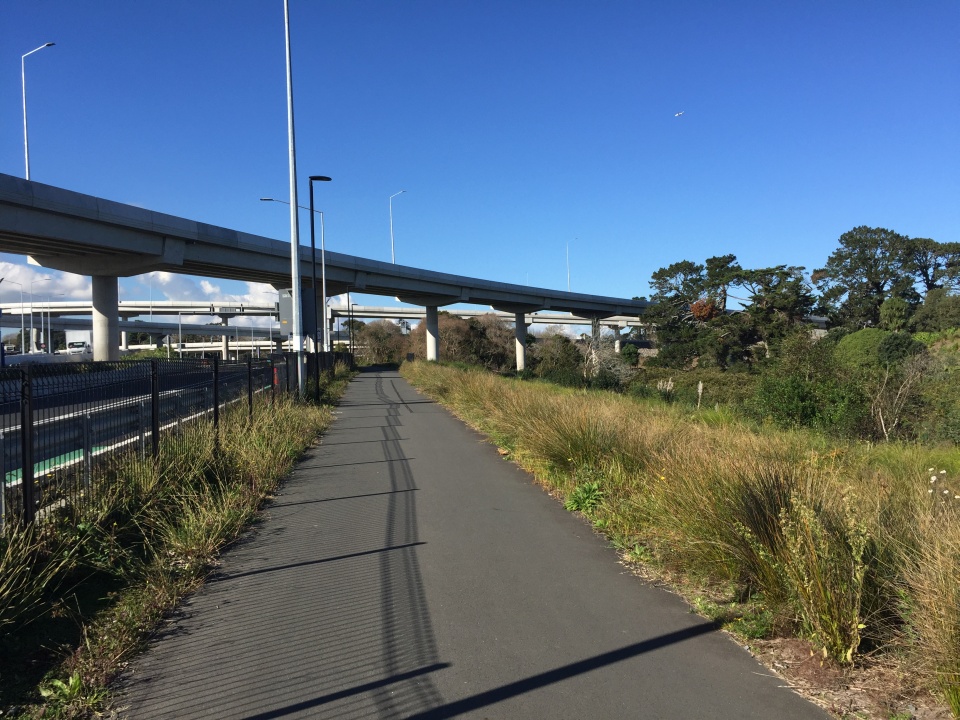
Over five million plants have been planted as part of the Waterview Connection Project. Image: LEARNZ.
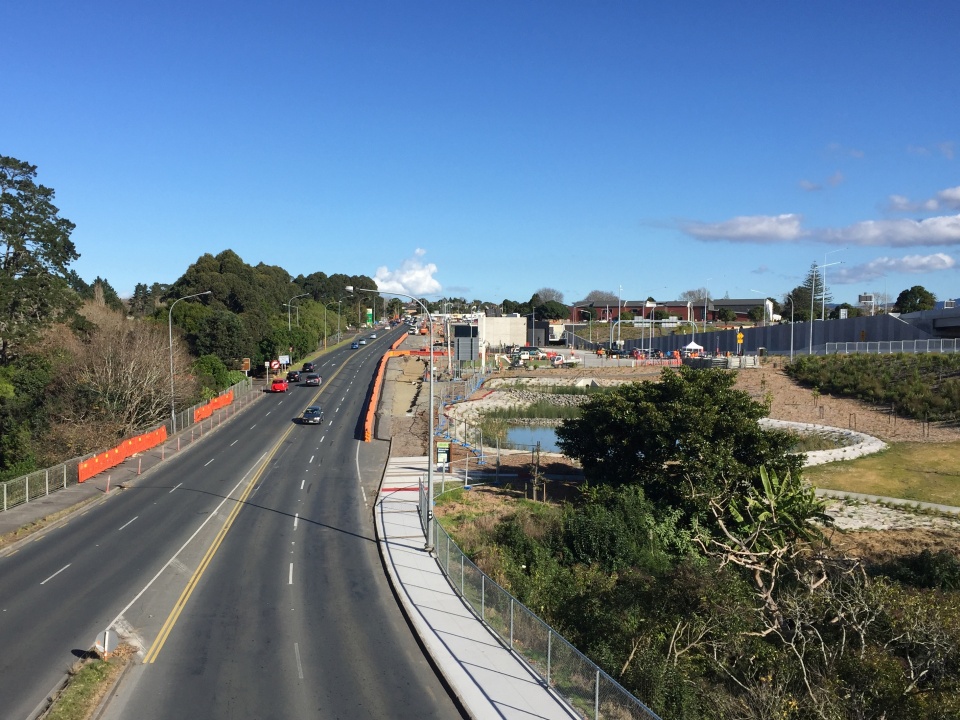
Looking back towards the tunnel entrance beside the Great North Road Interchange. The tunnel will be open to the public in July. Image: LEARNZ.